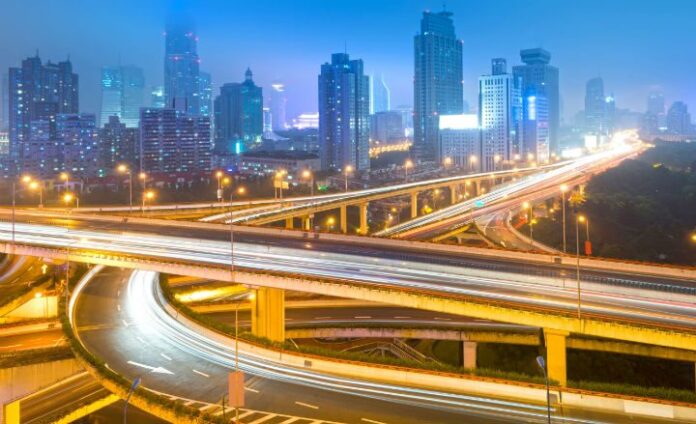As many of us routinely trapped in rush hour backups can attest, traffic congestion can be incredibly frustrating. But beyond the annoyance, a study from INRIX estimates that congestion costs drivers in the United States several billions of dollars a year in lost time and fuel expenses – not to mention significant pollution and a negative macro-economic impact. The city planners and municipal engineers responsible for addressing traffic issues within their jurisdictions are well aware of these costs, but they’re only as capable of solving these issues as the technology that empowers them.
As these economic, environmental, and quality-of-life traffic costs continue to add up, though, smart city advances are making strides to equip municipalities with the information required to improve traffic flow and alleviate congestion in real time. By tapping into more accurate measurements of vehicle density, behavior, and traffic incident patterns at key intersections and locations throughout a city’s traffic grid, cities can make smarter, more informed decisions that use signal timing, signage, and other controls to optimize car flow efficiency.
The technical challenges to improving traffic efficiency and smart city capabilities as a whole, center around how data can be collected and how specialized equipment can be implemented. As a hardware developer, these are hurdles I’ve been working through while building portable video data collection devices for traffic monitoring – devices backed by algorithms able to analyze traffic video and distill it into data points that include vehicle quantity, the path cars take from intersections, and other information that cities can build traffic flow plans around.
This initial solution was able to collect those data points with an accuracy of 95 percent, and it proved useful to city staff involved in traffic planning. However, we subsequently recognized the opportunity to expand capabilities by integrating networking technology able to centralize real-time data in the cloud. In this way, cities could get a more holistic view of all monitored locations at once, along with insights that could be acted upon as soon as traffic events occurred.
Of course, there were technical challenges to overcome. In order to reliably transmit data to the cloud from disparate intersections, resilient cellular connectivity was a necessity. Another obstacle was durability. The data servers sending data to the cloud would reside inside of traffic cabinets at the monitored locations where extreme heat, cold, and other environmental stresses would certainly test the hardware’s fortitude. The fact that some of the cities working on traffic decongestion informed by this real-time data strategy routinely reach temperatures as high as 165℉ (74℃) and as low as -22℉ (-30℃) only emphasized the importance of ensuring the equipment could take the heat – and the cold. To overcome these hurdles, we vetted providers before beginning a technology partnership with Opengear, whose technology helped meet the resilient, cellular-capable network connectivity requirement that could withstand environmental stresses at the traffic locations.
Today, cities all around the world are now remotely connecting with equipment stored in traffic cabinets via secure LTE cellular connections. Doing so provides a wealth of real-time insights enabling municipalities to optimize traffic flow efficiency, while also delivering faster access to solutions for data communications, security, servers, and the integration of further IT components. Much like a well-managed traffic system, this established infrastructure clears the path for smart city acceleration.

